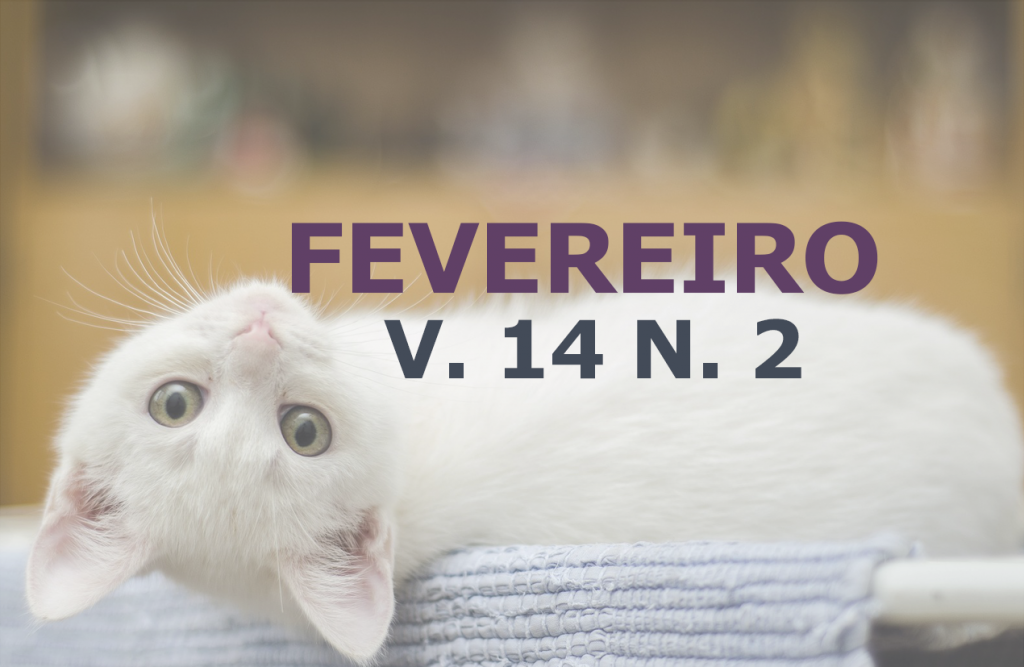A compostagem de carcaças de animais mortos elimina microrganismos patogênicos
DOI:
https://doi.org/10.31533/pubvet.v14n2a502.1-11Palavras-chave:
bactérias patogênicas, descarte, mortalidade animal, processo aeróbioResumo
O descarte de carcaças de bovinos representa um potencial passivo econômico e ambiental. A destinação de carcaças de bovinos é um ponto crítico nas propriedades rurais, em que a mortalidade de animais é uma realidade, somado às dificuldades para seu descarte adequado. A destinação de carcaças de forma inadequada favorece a contaminação ambiental por microrganismos patogênicos, colocando em risco a saúde humana e animal e o meio ambiente. A compostagem é um processo biológico de decomposição da matéria orgânica e uma alternativa prática e simples para destinação de carcaça. Este trabalho avaliou o efeito da compostagem sobre a viabilidade de microrganismos indicadores, e relevantes para a bovinocultura. Esferas plásticas contendo microrganismos patogênicos liofilizados Echerichia coli, Enterococcus faecalis, Pseudomonas aeruginosa, Listeria monocytogenes, Streptococcus uberis, Staphylococcus aureus, Bacillus cereus e Salmonella Typhimurium, foram colocadas em pontos estratégicos no interior da carcaça dos animais e na leira de compostagem, com o objetivo de monitorar a presença deste microrganismos durante o processo. As esferas foram retiradas das leiras de compostagem após 7, 15, 30, 60 e 90 dias para análises microbiológicas. Os resultados mostraram que a compostagem reduz e/ou elimina microrganismos patogênicos. A compostagem oferece segurança microbiológica para o uso do biocomposto gerado como fertilizante.
Downloads
Publicado
Edição
Seção
Licença
Copyright (c) 2020 Leandro Serrano, Vanessa Romário de Paula, João Batista Ribeiro, Márcio Roberto Silva, Célio de Freitas, Marcelo Henrique Otenio

Este trabalho está licenciado sob uma licença Creative Commons Attribution 4.0 International License.
Você tem o direito de:
Compartilhar — copiar e redistribuir o material em qualquer suporte ou formato
Adaptar — remixar, transformar, e criar a partir do material para qualquer fim, mesmo que comercial.
O licenciante não pode revogar estes direitos desde que você respeite os termos da licença. De acordo com os termos seguintes:
Atribuição
— Você deve dar o crédito apropriado, prover um link para a licença e indicar se mudanças foram feitas. Você deve fazê-lo em qualquer circunstância razoável, mas de nenhuma maneira que sugira que o licenciante apoia você ou o seu uso. Sem restrições adicionais
— Você não pode aplicar termos jurídicos ou medidas de caráter tecnológico que restrinjam legalmente outros de fazerem algo que a licença permita.





